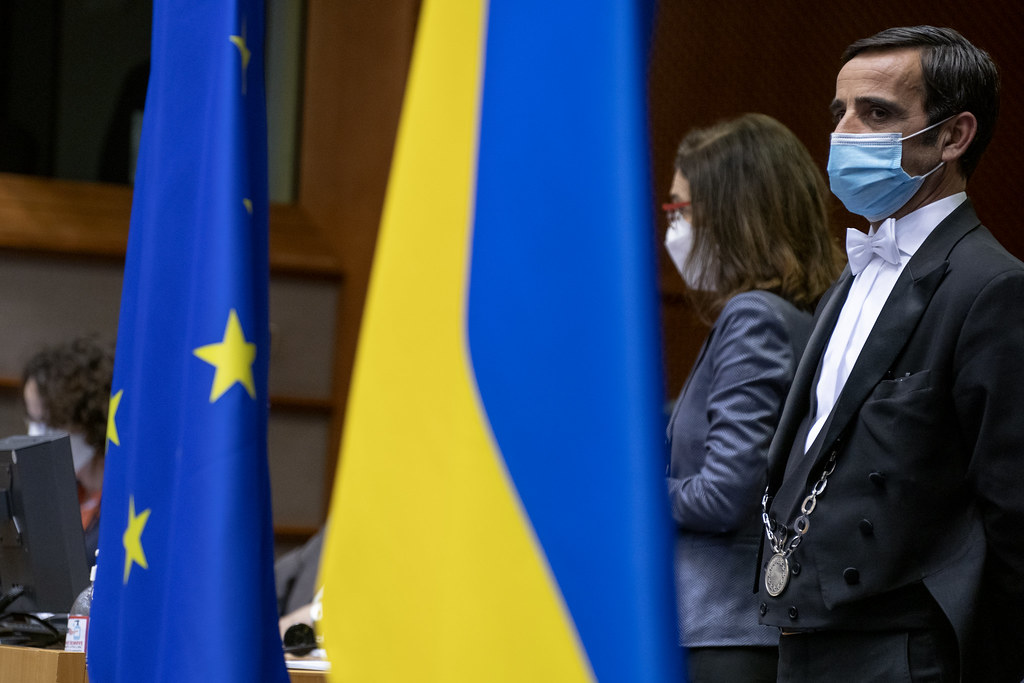Ukraine – Russia War: How We Got Here
Welcome back, Dear Readers! It’s wonderful to have you here as we wrap up this exploration of the Ukraine-Russia War. In earlier posts, we navigated the modern-day struggles—the ongoing battles, the strategies shaping this war, and the realities faced by those affected. Now, in this final installment of the series, we bring everything together and delve deeper into the impact of these present-day challenges. Let’s conclude this chapter with a comprehensive understanding of this unfolding story and its place in modern history. KEY BATTLES OF THE UKRAINE – RUSSIA WAR Battle of Kyiv (February–April 2022) The Battle of Kyiv was a significant and intense military engagement during the early stages of the Ukraine – Russia War. It took place between February 24 and April 2, 2022, and was a critical moment in the conflict as Russian forces attempted to capture the Ukrainian capital, Kyiv. Key Events: Siege of Mariupol (February–May 2022) The Siege of Mariupol was one of the most intense and devastating battles of the Russia-Ukraine war. It took place between February 24 and May 20, 2022, in the strategic port city of Mariupol, located in southeastern Ukraine. Key Events: Battle of Kharkiv (February–September 2022) The Battle of Kharkiv was a significant military engagement during the early stages of the Russia-Ukraine war. It took place between February 24 and September 2022 in and around the city of Kharkiv, Ukraine’s second-largest city, located just 30 kilometers south of the Russia-Ukraine border. Key Events: Battle of Severodonetsk and Lysychansk (May–July 2022) The Battle of Severodonetsk and Lysychansk was a critical and intense military engagement during the Russia-Ukraine war. It took place between May and July 2022 in the Luhansk Oblast of eastern Ukraine, focusing on the twin cities of Severodonetsk and Lysychansk. Key Events: Kherson Counteroffensive (August–November 2022) The Kherson Counteroffensive was a significant military operation launched by Ukrainian forces to reclaim territory in the southern regions of Kherson and Mykolaiv Oblasts from Russian occupation. The counteroffensive took place between August 29 and November 11, 2022, and marked a crucial phase in the Russia-Ukraine war. Key Events: Battle of Bakhmut (August 2022–May 2023) The Battle of Bakhmut was one of the longest and bloodiest battles of the Russia-Ukraine war, taking place between August 2022 and May 2023. The battle centered around the city of Bakhmut in the Donetsk Oblast of eastern Ukraine. Key Events: KEY ISSUES AND MOTIVATIONS The conflict between Ukraine and Russia is driven by a complex interplay of historical, political, and strategic factors. Understanding these key issues and motivations is crucial to comprehending the ongoing war. Russia’s Security Concerns Putin’s Political and Historical Narrative Energy and Economic Factors War Crimes and Humanitarian Crisis INTERNATIONAL DIPLOMACY NATO and Western Support The U.S., UK, and EU nations provided billions in weapons, including HIMARS, tanks, and air defense systems. Finland and Sweden applied to join NATO in response to Russian aggression, with Finland officially joining in 2023. Western nations imposed severe sanctions on Russia. China’s Position China avoided outright condemnation of Russia but called for a negotiated settlement. China increased trade with Russia, particularly in energy, softening the impact of Western sanctions. Global South and Non-Aligned Countries India continued trade with Russia, particularly in oil, while maintaining strategic ties with the West. Brazil and South Africa called for diplomacy but avoided taking strong stances. UN and Peace Talks The UN brokered a deal in July 2022 to allow Ukrainian grain exports through the Black Sea, helping ease global food shortages. Multiple failed peace talks occurred, with both sides unwilling to make major concessions. Latest U.S Intervention Recent peace efforts in the Ukraine-Russia conflict have faced significant challenges over the past two months. NATO foreign ministers, including U.S. Secretary of State Marco Rubio, have expressed strong support for Ukraine while urging Russia to commit to a ceasefire. Discussions have emphasized the importance of collective security and defense contributions among NATO allies. Despite a U.S.-proposed 30-day ceasefire agreement, Russia has not fully adhered to the terms. Ukraine has accused Russia of violating the ceasefire by targeting energy infrastructure, while Russia claims its side of the deal remains intact. Ukrainian President Volodymyr Zelensky has stated that Russian President Vladimir Putin has shown no readiness for direct peace talks, emphasizing that meaningful negotiations require genuine commitment from Russia. Separate meetings between U.S., Ukrainian, and Russian delegations have taken place to explore potential peace agreements. However, Russia’s demands and continued military offensives suggest reluctance to move forward. The situation remains complex, with ongoing battles and strained diplomatic efforts. As we reach the end of our series on the Ukraine-Russia conflict, we reflect on the complexities of this ongoing struggle. From the fierce battles to the diplomatic challenges and the global impact, this conflict remains a defining chapter in modern history. While the path to peace is fraught with obstacles, the resilience of those affected serves as a testament to the human spirit. Let us continue to seek understanding and solutions, fostering dialogue that may pave the way toward resolution and healing. Thank you for embarking on this journey with us—your engagement enriches the conversation. Until next time!

